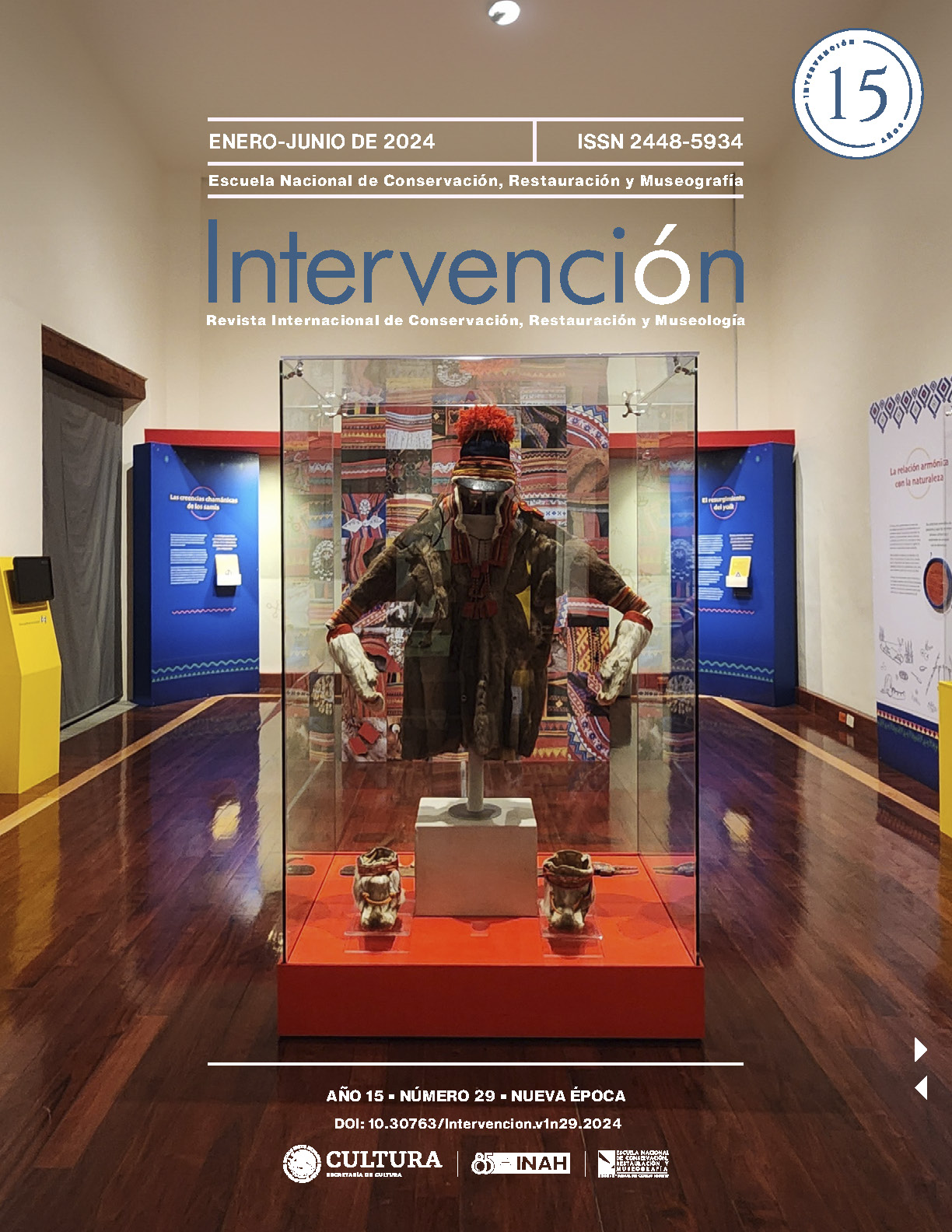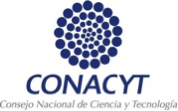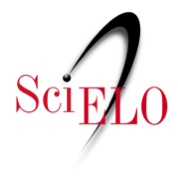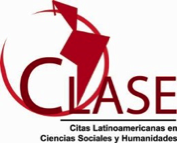Intervention Criteria in the Restoration of the Panel Painting Christ tied to the column from the Diocesan Museum of Sacred Art in Salamanca, Spain, which was attributed to Luis de Morales
DOI:
https://doi.org/10.30763/Intervencion.295.v1n29.74.2024Keywords:
panel painting, Christ Tied to the Column, Luis de Morales, Museo Diosesano de Arte Sacro de Salamanca, restorationAbstract
The following article aims to explain the restoration process carried out during 2021 of the panel painting Christ Tied to the Column, an unprecedented work by Luis de Morales. After its discovery in the town of Alba de Tormes (Salamanca, Spain), probably coming from the church of San Juan Bautista in the aforementioned town, this work is now part of the permanent exhibition Misterio Admirable (Admirable Mystery) at the Museo Diocesano de Arte Sacro de Salamanca (Diocesan Museum of Sacred Art of Salamanca), inaugurated in March 2023, in the Episcopal Palace of Salamanca. The intervention carried out in the piece stands out for the scientific method application for its attribution, and because, the whole restoration process was combined with the theological sense that contributes to the 17th-century setting and the iconological meaning.
Downloads
References
Azofra, E. y Ganado, P. (2001). Intervenciones y restauraciones en nueve obras de la exposición Jesucristo, imágenes del misterio (Ciudad Rodrigo). Salamanca. Revista de Estudios, 46, 51-67.
Baldini, U. (2002 [1978]). Teoría del restauro y unidad de metodología, vol. 1. Nerea-Arte y Restauración.
Brandi, C. (1988 [1963]). Teoría del restauro. Alianza.
Brandi, C y D´Ossat, G. (1972). Carta del restauro. https://geiic.com/files/Cartasydocumentos/Carta_del_restauro.pdf
Ceballos, L. (Coord). (2017). Proyecto Coremans. Criterios de intervención en retablos y escultura policromada. Ministerio de Educación, Cultura y Deporte, España.
Díaz, D. (2022). Una Magdalena de Luis de Morales en Segre. Ars Mag-azine. https://arsmagazine.com/una-magdalena-de-luis-de-morales-en-segre/
Fuster, L., Castell, M. y Guerola, V. (2008). El estuco en la restauración de pintura sobre lienzo: criterios, materiales y procesos. Universidad Politécnica de Valencia.
García-Máiquez, J. y Gayo, M. D. (16 de febrero de 2016). En el taller de Morales: dibujo subyacente y materiales pictóricos [conferencia]. Museo Nacional del Prado. https://www.youtube.com/watch?v=gG0zAMN3ctU
García, G. y Aranda, B. (2024). Los marcos del Museo Nacional del Prado. Glosario de términos, estilos y técnicas [página web]. Museo del Prado. https://www.museodelprado.es/recurso/los-marcos-del-museo-nacio-nal-del-prado-glosario/880c17ca-300e-c555-dfff-1afac20bff71#mas-in-fo-glosario
Gobierno de España. (29 de junio de 1985). Ley 16/1985, de 25 de junio, del Patrimonio Histórico Español. Boletín Ofiial del Estado (BOE), núm. 55, 18. Legislación Consolidada, Jefatura del Estado. https://www.boe.es/buscar/pdf/1985/BOE-A-1985-12534-consolidado.pdf
Gobierno de España. (13 de mayo de 1987). Real Decreto 620/1987, de 10 de abril, por el que se aprueba el Reglamento de Museos de Titulari-dad Estatal y del Sistema Español de Museos. Boletín Oficial Estatal (BOE), núm 114, 13960/11621. Ministerio de Cultura. https://www.boe.es/boe/dias/1987/05/13/pdfs/A13960-13964.pdf
González, A. (2013). La reflectografía infrarroja y la historia del arte. En La ciencia y el arte IV. Ciencias experimentales y conservación del patrimonio (pp. 163-177). Ministerio de Educación, Cultura y Deporte, España.
González-Varas, I. (2006). 7. Restauración artística en España en el siglo XX. En Conservación de bienes culturales: teoría, historia, principios y normas (pp. 315–340). Cátedra.
Guevara, F. (2016 [1560]). Comentario de la pintura y pintores antiguos. Akal.
Harris, E. C. (1991). Principios de estratigrafía arqueológica. Crítica.
Jover, M. y Alba, L. (16 de febrero de 2016). Trabajos previos: construcción y aparejado del soporte [Conferencia]. Museo Nacional del Prado. https://youtube.com/watch?v=qjMU73ovtE4&si=C0uTD4oj7cHu9RYD
Matteini, M. y Moles, A. (2001), Ciencia y restauración. Editorial Nerea.
Meluco, A. (2002). La crisis de la “belleza de las ruinas”. Problemas actuales en la conservación de áreas arqueológicas. En Luisa Masetti Bitelli (Coord.). Arqueología, restauración y conservación (pp. 11-21). Nerea.
Mena, M. (2010). Luis de Morales “el Divino”. La Piedad del Museo de Be-llas Artes de Bilbao. Boletín del Museo de Bellas Artes de Bilbao, 5, 65-108.
Mena, M. (2015). La Piedad. En El Divino Morales. En L. Ruiz (Ed.), Catá-logo de la exposición (pp. 160-168). Museo Nacional del Prado, Madrid.
Mercado, M. (2004). Teoría de la reintegración cromática. Cuadernos de restauración, 5, 11-24. https://idus.us.es/bitstream/handle/11441/69573/CyR_5_Art.1_Marina%20Mercado%20Herv%c3%a1s.pdf?sequen-ce=1&isAllowed=y
Muñoz, S. (2004). Teoría contemporánea de la restauración. Síntesis.
Museo Nacional del Prado. (23 de octubre de 2006). El trazo oculto: dibu-jos subyacentes en pinturas de los siglos XV y XVII: jornadas de arte. Museo Nacional del Prado. https://www.museodelprado.es/recurso/el-trazo- oculto-dibujos-subyacentes-en-pinturas/a83d705f-e547-4da6-8393-7efbeaa47ae8
Museu Nacional d’art de Catalunya. (2024). Ecce Homo [catálogo en línea]. Consultado en 2024. https://www.museunacional.cat/es/colleccio/ecce-homo/luis-de-morales-el-divino/011547-000
Nieto, J. R. (2000). Cristo atado a la columna, En Eduardo Azofra (comisario). Jesucristo: imágenes del misterio: [exposición], Diócesis de Ciudad Rodrigo (pp. 72- 73). Fundación del Patrimonio Histórico de Castilla y León.
Pacheco, F. (1649). Arte de la pintura, su antigüedad y grandezas […]. Simón Fajardo. https://archive.org/details/HArteR03T09/mode/2up
Philippot, P. (1970). Problèmes esthétiques et archéologiques de conservation des sculptures polycromes. En Conservation of Stone and Wooden Objects (pp. 59-62). Preprints of the New-York Conference.
Rodríguez, A. (1978). Las catedrales de Salamanca. Everest.
Rodríguez, L. R., (2015). El proceso creativo y estructuración estratigráfica como señas de identidad y autenticidad. La pequeña Madonna di Foligno de Rafael, como caso de estudio. PH Investigación, 5, 45-67. https://www.iaph.es/revistaph/index.php/revistaph/article/view/4057
Romero, R. (2020). Conclusión del informe técnico previo a la restauración. En La Piedad de Luis de Morales. Proceso de restauración (pp. 11-15). Diputación de Badajoz y Museo de Bellas Artes de Badajoz.
Ruiz, L. (Ed). (2015). El divino Morales. Catálogo de Exposición. Museo Nacional del Prado.
Salas, C. y Porras-Islas, M. (Coords.). (2018). Proyecto Coremans. Crite-rios de intervención en pintura de caballete. Ministerio de Cultura y De-porte, España.
Sandkühler, H. J. (2010) Ontoligie 4 aktuelle debatten und Gesamtenwürfe. Enzyklopädie Philosophie. Meiner. https://api.pageplace.de/preview/DT0400.9783787335459_A47867229/preview-9783787335459_A47867229.pdf
Sagrada Biblia. (2010). Conferencia Episcopal Española.
Torraca, G. (1981). Solubilidad y disolventes en los problemas de conservación. ICCROM.
Additional Files
Published
How to Cite
Issue
Section
License
Copyright (c) 2024 Instituto Nacional de Antropología e Historia (INAH)

This work is licensed under a Creative Commons Attribution-NonCommercial 4.0 International License.

Atribución-NoComercial 4.0 Internacional
https://creativecommons.org/licenses/by-nc/4.0/deed.es
Usted es libre de:
- Compartir — copiar y redistribuir el material en cualquier medio o formato
- Adaptar — remezclar, transformar y construir a partir del material
Bajo los siguientes términos:
-
Atribución — Usted debe dar crédito de manera adecuada, brindar un enlace a la licencia, e indicar si se han realizado cambios. Puede hacerlo en cualquier forma razonable, pero no de forma tal que sugiera que usted o su uso tienen el apoyo de la licenciante.
-
No Comercial — Usted no puede hacer uso del material con propósitos comerciales.




















